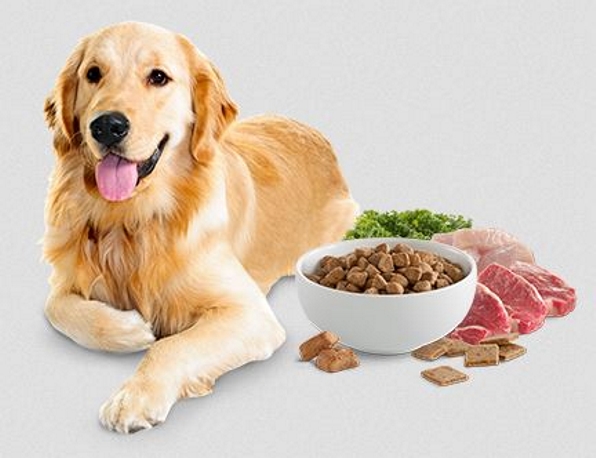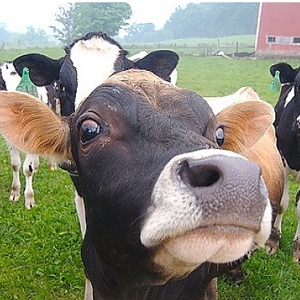A scientist at the University of California (UCLA) has taken his idle musings about the effects of house pets on climate change a couple of steps further, calculating the impact of meat-based pet foods in terms of carbon footprint and other factors. The numbers he’s come up with will amaze you!
 Dogs and cats love meat. Dogs and cats should have meat. But they don’t need steak,
Dogs and cats love meat. Dogs and cats should have meat. But they don’t need steak,
says UCLA researcher Gerry Okin.
U.S. cats and dogs cause 25-30 percent of the environmental impact of meat consumption in this country. The nation’s 163 million cats and dogs eat as much food as all the people in France. People should keep their pets – and keep feeding them meat – but there may be steps pet owners can take to reduce their environmental impact, says a California researcher.
Gerry Okin points out that all that meat has important consequences. He calculated that meat-eating by dogs and cats creates the equivalent of about 64 million tons of carbon dioxide a year, which has about the same climate impact as a year’s worth of driving from 13.6 million cars.
So, it’s not dog and cat ‘toots’ that contribute so gravely to the carbon footprint; it’s the impact of growing the meat animals that go into commercial dog and cat food. Beef production has been singled out as the most polluting type of agriculture of all.
What should we do?
Okin says we, as a society, could start by redirecting some of the meat protein now used in pet foods into ‘people chow’. We could also make a collective commitment to snout-to-tail consumption – using the whole animal in some way or other. Okin estimates that if even a quarter of the meat in pet food could be consumed by humans, it would equal the amount of meat consumed by 26 million Americans, nearly the population of Texas.
The problem, marketing-wise, is that the meat protein in question is what Fast Food haters call ‘Pink Slime’ – mechanically de-boned beef, officially known as ‘lean, finely-textured Beef ‘. The stuff is just fine for humans to eat. But it’s been proven to be unattractive and unappetizing to consumers.
Pet-owner push- back…
Pet owners have been conditioned over the past few years, by premium pet food purveyors, that only high-grade meat protein is best for their furry friends. Many have billed themselves as ‘grain free’, or ‘no vegetable protein’ formulas for several years. Now, it’s a race to see who’s got the ‘best’ meat protein. Okin suggests, the pets don’t need such premium stuff. Though we all know they’ll steal the Sunday roast off the kitchen counter if we turn our backs for more than a second. I say, if we get the pets conditioned to premium stuff, it’ll be hard, of not impossible, to get them to accept anything less after a while.
The ultimate solution?
“Maybe we could all have little ponies,” Okin suggests, half-jokingly. “We’d all get more exercise taking them for walks, and they would also mow the lawn.”
I remember my grand dad pushing that idea back when I was a school kid. He remembered when his folks, back on the farm, actually let the cows out onto the front lawn to graze. Good ideas never die. They just keep coming back around over time…
~ Maggie J.

